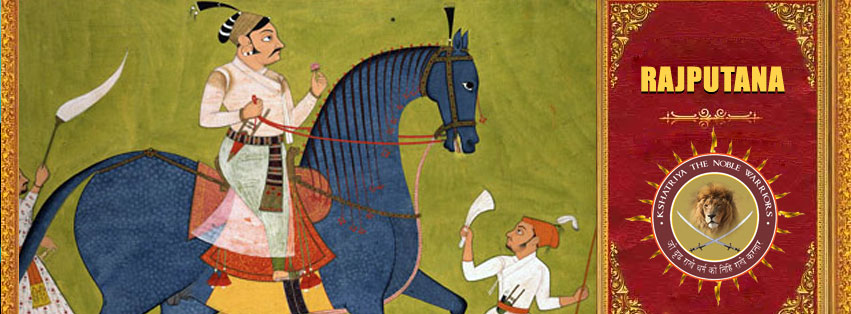The first Rajput kingdoms date back to the 7th century, and it was during the 9th to 11th centuries that the Rajputs rose to prominence. The four Agnivanshi clans, namely the Pariharas (of the Pratihara), Solankis (of the Chalukya dynasty), Paramaras, and Chahamanas and Karnawats of the Chauhans rose to prominence first, establishing territories and creating kingdoms.
A water reservoir inside Chittorgarh Fort as seen in 2006
Bappa Rawal of the Gahlot dynasty established his rule in 734 CE at Chittor. Chittor was until that time ruled by the Mori clan of Rajputs. Maan Mori was their last king at Chittor. It is believed the word Mori is a corruption of Maurya, the dynasty of Ashoka (ruled 269 to 232 BCE).
The Kachwahas or Kacchapghata dynasty were originally from Bihar; they founded Gwalior and Narwar in the 8th century. One of their descendants, Dulah Rai (grandson of Raja Isha Singh and son of Prince Sodh Dev of Narwar) established his rule in Dhundhar in the 11th century.
In 1156 Rawal Jaisal Bhati, the sixth in succession from Deoraj, founded the fort and city of Jaisalmer, and made it his capital as he moved from his former capital at Lodhruva (which is situated about 15 km to the north-west of Jaisalmer).
The imperial Pratiharas established their rule over Malwa and ruled from the cities of Bhinmal and Ujjain in the 8th and 9th centuries. One branch of the clan established a state in Mandore in the Marwar region in 6th and 7th centuries where they held sway until they were supplanted by the Rathores in the 14th century. Around 816 CE, the Pratiharas of Ujjain conquered Kannauj, and from this city they ruled much of northern India for a century. They went into decline after Rashtrakuta invasions in the early 10th century.







